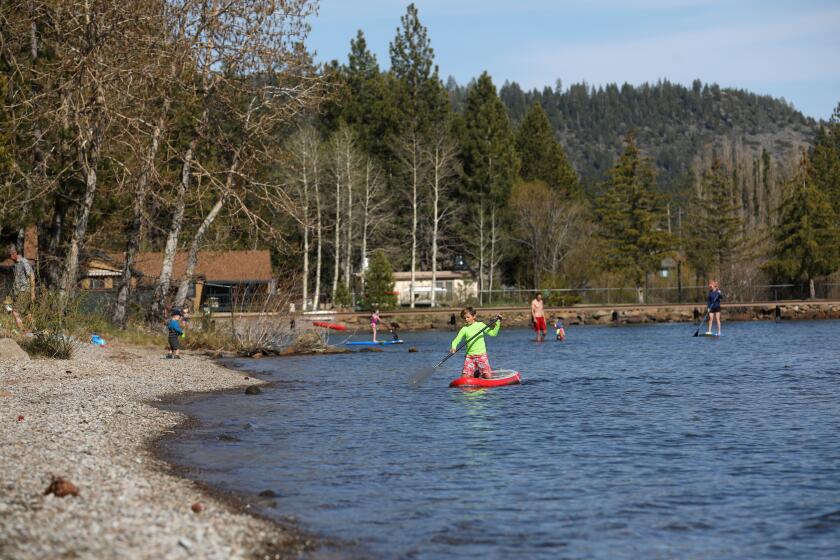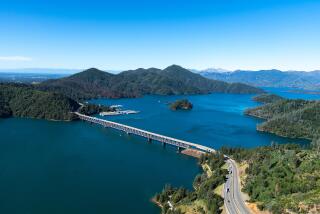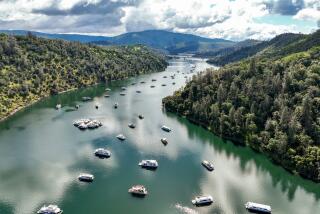Lake Tahoe expected to fill for first time in years
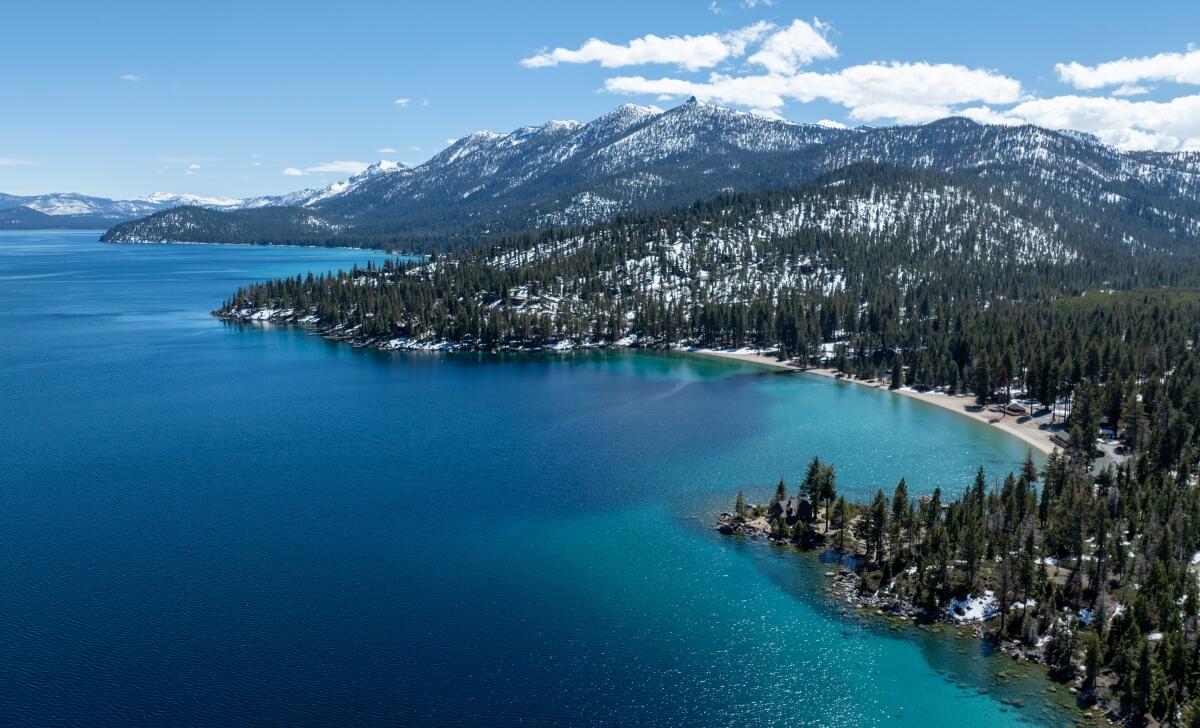
Lake Tahoe is expected to fill up for the first time in five years, courtesy of recent and unusually wet winters.
The lake last filled up in June 2019, but snowmelt should be sufficient to fill it this spring, according to a United States Department of Agriculture report released this month.
Once full, the stored water in the lake typically provides sufficient supply for three years, even if future snowpacks are below normal, according to the report, which analyzed water supply conditions across Nevada and a part of the eastern Sierra in California.
âThe water year continues through September, but it is already a safe bet to pencil in a win on this yearâs report card especially for northern Nevada,â the report states.
The report noted that this winterâs snowpack peaked above median due to strong precipitation in January, February and March. And snowpacks were above normal in May, despite a dry April and areas of record snowmelt.
Additionally, a high soil moisture is expected to âhelp with an efficient runoff.â The report credited last yearâs late melting snow, aided by Hurricane Hilary mid-summer, as helping start water year 2024 well above normal.
âIn summary, water year 2024 is well on its way to receiving an A on its final report card,â the report states.
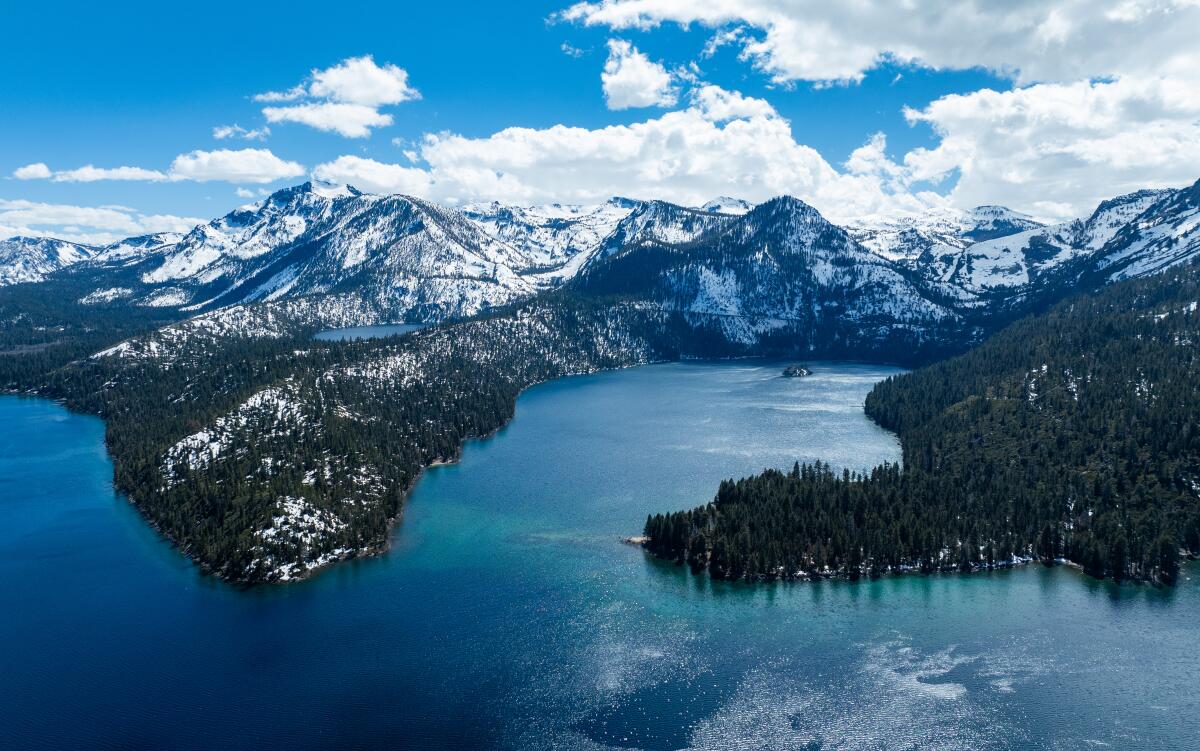
The difference between an A- and an A+, according to the report, could depend on how much spring precipitation the region receives.
An early May storm added a good amount of precipitation, but after a dry April additional precipitation is needed, the report states.
The treasured tourist destination has seen its ups and downs. In years past, the lakeâs water level dropped so low â driven by climate change and drought â that water was no longer flowing into the Truckee River and salmon werenât expected to spawn in a major tributary.
Some boat ramps and docks are hundreds of feet from the water line, said Geoffrey Schladow, director of the UC Davis Tahoe Environmental Research Center.
The water level is usually somewhere between the lakeâs natural rim, which sits at 6,223 feet, and a dam at the top of the Truckee River that is 6 feet higher, experts previously told The Times.
Lake Tahoeâs water level is always fluctuating. It is typically lowest in December and January and then increases in the spring as melting snow from nearby mountains flows down.
More to Read
Sign up for Essential California
The most important California stories and recommendations in your inbox every morning.
You may occasionally receive promotional content from the Los Angeles Times.

